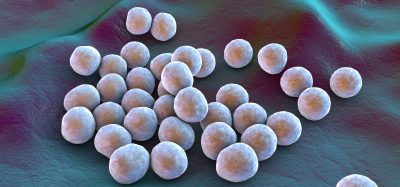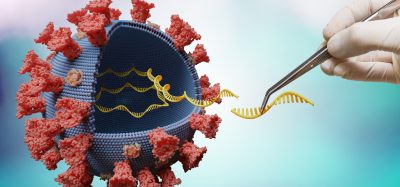Scientists create cellular blueprint of multiple sclerosis lesions
Posted: 13 September 2021 | Anna Begley (Drug Target Review) | No comments yet
An NIH team have built a cellular map of chronic multiple sclerosis (MS) lesions to identify cells that drive inflammation and potential therapies.


Researchers from the National Institutes of Health (NIH)’s National Institute of Neurological Disorders and Stroke (NINDS), US, have built a detailed cellular map of chronic multiple sclerosis (MS) lesions, identifying genes that play a critical role in lesion repair and revealing potential new therapeutic targets for progressive MS.
Chronic active lesions are characterised by a slow, expanding rim of immune cells called microglia. Microglia help protect the brain, however in MS they can become overactive and secrete toxic molecules that damage nerve cells. Other cells found at the edge of the lesions, such as astrocytes and lymphocytes, may also contribute to ongoing tissue damage. Prior studies suggest that microglia are the main culprits behind lesion expansion, but the exact types of cells found near lesions and their biological mechanisms are elusive.
To better understand MS lesions, the team used single-cell RNA sequencing to examine post-mortem brain tissue of five MS patients and three healthy controls. By analysing the gene activity profiles of over 66,000 cells from human brain tissue, researchers created the first comprehensive map of cell types involved in chronic lesions, as well as their gene expression patterns and interactions. They found a great diversity of cell types in the tissue surrounding chronic active lesions compared to normal tissue and a high proportion of immune cells and astrocytes at the active edges of those lesions. Microglia comprised 25 percent of all immune cells present at the lesion edges.
Further analyses revealed that the gene for complement component 1q (C1q), an important and evolutionarily ancient protein of the immune system, was expressed mainly by a subgroup of microglia responsible for driving inflammation, suggesting that it may contribute to lesion progression.
To determine the function of C1q, researchers knocked out the gene in the microglia of mouse models of MS and examined the brain tissue for signs of neuroinflammation. In mice lacking microglial C1q, they found significantly decreased tissue inflammation compared to control animals.
Additionally, in another group of animals, blocking C1q reduced iron-containing microglia, revealing a potential new therapeutic avenue to treat chronic brain inflammation in MS and related neurodegenerative diseases. According to the authors, it is possible that targeting C1q in human microglia could halt MS lesions in their tracks.
“We have terrific therapies that block new inflammation but nothing to stop the inflammation that is already there,” said Dr Daniel Reich, senior investigator at NINDS. “In order to make strides in developing new therapies for progressive MS, we are going to need to pick apart the cellular and molecular mechanisms one by one.”
The team added that while there is no cure for MS and no therapies that directly treat chronic active lesions, gaining a deeper understanding of lesion features may help pave the way toward early clinical trials to test new therapies for this aspect of the disease.
The study was published in Nature.
Related topics
Drug Targets, Genetic Analysis, Genomics, In Vivo, Molecular Targets, RNAs, Target Molecule, Targets, Therapeutics
Related conditions
Multiple Sclerosis (MS)
Related organisations
National Institute of Neurological Disorders and Stroke (NINDS), National Institutes of Health (NIH)
Related people
Dr Daniel Reich








